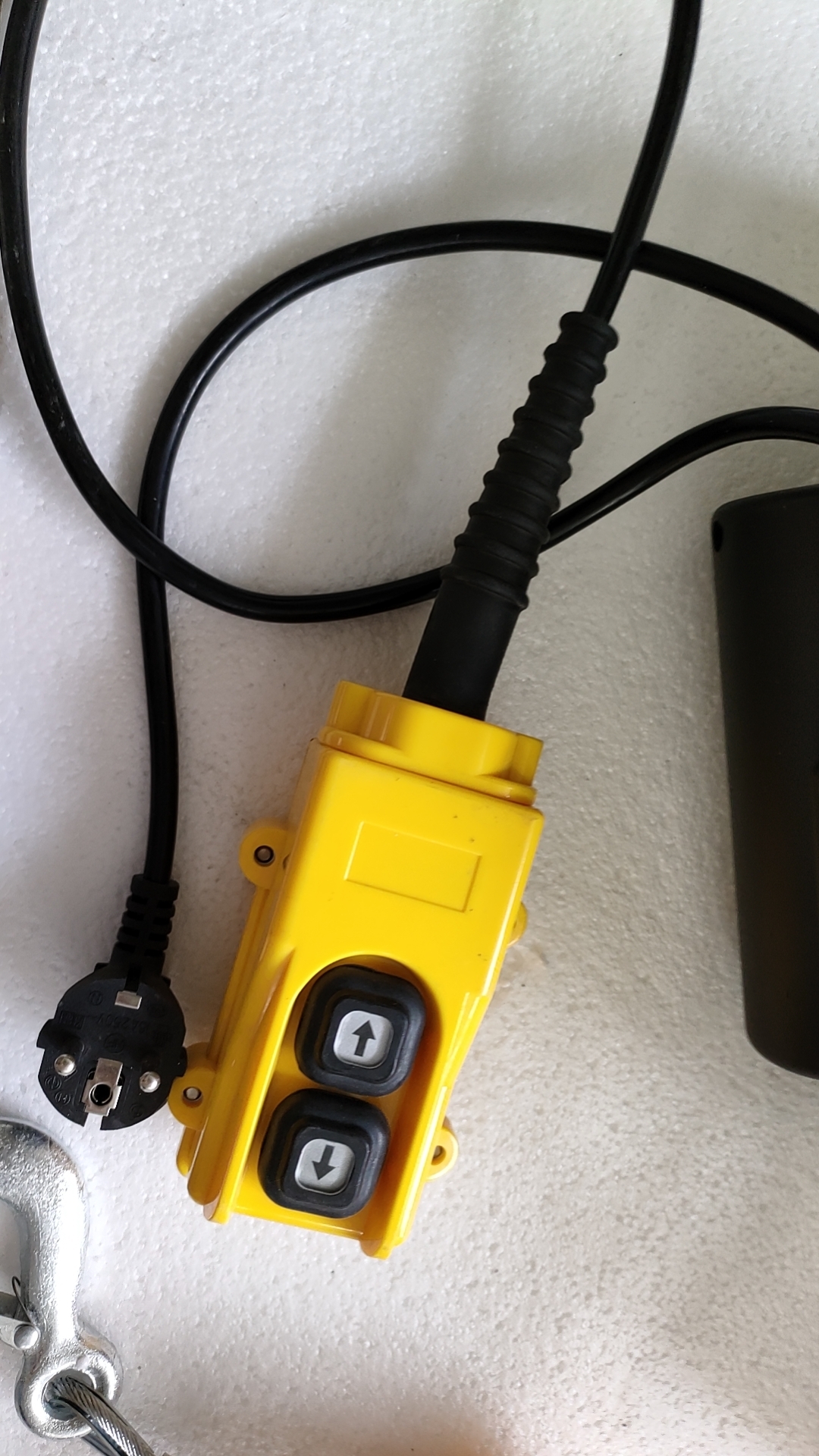


Fall Protection FAQ Essential Insights for Safety in the Workplace
Fall protection is a critical aspect of workplace safety, especially in industries such as construction, maintenance, and warehousing. Understanding the various components of fall protection can help ensure the safety of workers and compliance with regulations. Here’s a concise overview of frequently asked questions regarding fall protection.
What is Fall Protection?
Fall protection refers to the systems and practices designed to prevent workers from falling from height or to mitigate the injuries that can occur if a fall does happen. This includes a variety of equipment and safety measures, such as guardrails, safety nets, and personal fall arrest systems (PFAS).
When is Fall Protection Required?
According to OSHA regulations, fall protection is required when employees are working at heights of six feet in the construction industry and at heights of four feet in general industry. It is crucial to assess the specific conditions of each worksite to determine the appropriate fall protection measures necessary.
What Types of Fall Protection Are Available?
There are several types of fall protection systems, including

1. Guardrails Physical barriers installed around unprotected edges or openings. 2. Personal Fall Arrest Systems (PFAS) Comprising a harness, anchor point, and lanyard, PFAS is designed to stop falls before the worker reaches a lower level. 3. Safety Nets Installed below the working level, these nets can catch workers if they fall. 4. Warning Lines and Safety Monitors Used in situations where conventional fall protection cannot be implemented.
How Do You Ensure Fall Protection Effectiveness?
Regular inspections and maintenance of fall protection equipment are essential to ensure their effectiveness. Training workers on proper use and the importance of fall protection is equally vital. Employers should also conduct thorough job hazard assessments to identify potential fall risks and implement control measures accordingly.
What Should Workers Do in Case of a Fall?
In the event of a fall, workers should
1. Remain calm and try to assess any injuries sustained. 2. Use the emergency protocols established by their employer, which may include calling for help or reporting the incident to a supervisor. 3. Participate in the post-incident investigation to improve future safety measures.
Conclusion
Understanding fall protection is essential for maintaining a safe workplace. Organizations must prioritize the health and safety of their employees by implementing effective fall protection systems and ensuring that workers are trained and aware of the hazards they may face. Regular inspections, risk assessments, and a culture of safety can significantly reduce the likelihood of falls and their potentially devastating consequences. Remember, safety is not just a requirement; it’s a responsibility.



